PPT-Implementation of a Wide
Author : aaron | Published Date : 2018-02-04
Angle Lens Distortion Correction Algorithm on the Cell Broadband Engine Konstantis Daloukas Christos D Antonopoulos Nikolaos Bellas Department of Computer
Presentation Embed Code
Download Presentation
Download Presentation The PPT/PDF document "Implementation of a Wide" is the property of its rightful owner. Permission is granted to download and print the materials on this website for personal, non-commercial use only, and to display it on your personal computer provided you do not modify the materials and that you retain all copyright notices contained in the materials. By downloading content from our website, you accept the terms of this agreement.
Implementation of a Wide: Transcript
Download Rules Of Document
"Implementation of a Wide"The content belongs to its owner. You may download and print it for personal use, without modification, and keep all copyright notices. By downloading, you agree to these terms.
Related Documents

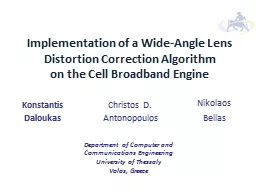
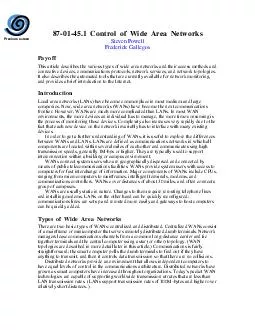

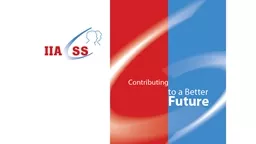
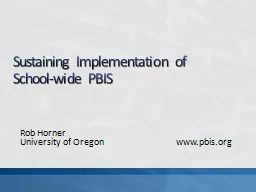

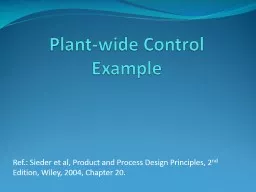






![[EBOOK] - Wide Ruled Composition Notebook Simple Black: Wide Rule Notebook and 110 Wide](https://thumbs.docslides.com/906512/ebook-wide-ruled-composition-notebook-simple-black-wide-rule-notebook-and-110-wide-ruled-pages.jpg)